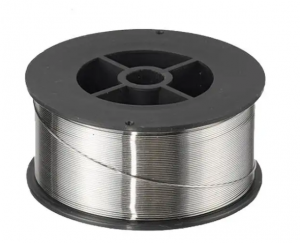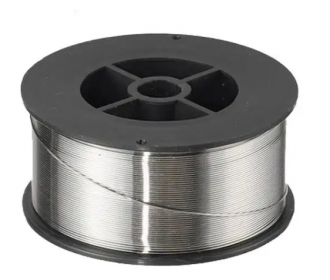Introduction
In the field of manufacturing and engineering, selecting the right materials is crucial for enhancing the final product’s efficiency, reducing costs, and ensuring superior quality. Tantalum wire distinguishes itself due to its exceptional corrosion resistance, outstanding conductivity, and capability to endure high temperatures, making it a preferred choice for various applications.
However, when it comes to procuring tantalum wire for various applications, a crucial decision arises: Should one opt for spooled wire or straight wire? This article delves into the nuances of each option. Hope that it can help you make an informed choice tailored to your specific needs.
Tantalum Wire
Tantalum is a rare, shiny, and gray-blue metal. It is quite useful in industries ranging from electronics to aerospace for its unique characteristics. Tantalum wire, in particular, is sought after for its durability, corrosion resistance, and superior electrical properties.
It’s used in a variety of applications, including capacitors, surgical implants, and chemical processing equipment. However, before leveraging the benefits of tantalum wire, one must navigate the decision between spooled and straight forms.
Related reading: Classification & Uses of Tantalum Wire
1. Spooled Tantalum Wire: Convenience and Efficiency
Spooled tantalum wire is wound around a reel or bobbin. It offers a continuous length of wire that can be easily stored, transported, and used. This option is particularly advantageous for high-volume applications or automated manufacturing processes.

1. Advantages:
- Ease of Use and Storage: The spooled form facilitates easy unwinding of the wire. So, it is more convenient for users to cut lengths as required without tangling. This ease of use extends to storage solutions, where spools can be efficiently organized and inventoried.
- Automation-Friendly: For operations that utilize automated wire feeding systems, spooled wire is essential. It ensures a consistent supply of wire to the machinery, minimizing manual intervention and streamlining production.
- Cost-Effectiveness for High Volumes: In large-scale manufacturing, spooled wire can offer economies of scale. The reduced need for manual handling and the ability to purchase in bulk can lead to significant cost savings.
However, the choice of spooled wire necessitates appropriate equipment capable of handling and dispensing wire from spools, which might involve additional investment in unwinding and tension-control devices.
2. Straight Tantalum Wire: Precision and Simplicity
Alternatively, straight tantalum wire comes with pre-cut lengths. These wires cater to applications that demand precision and ease of handling for shorter wire segments.

1. Advantages:
- Precision and Flexibility: Straight wire is ideal for projects requiring specific, accurate lengths. This eliminates the need for on-site cutting and measuring. Thus, it reduces waste and ensures consistency.
- Simplicity in Handling: Without the need for unwinding equipment, straight wire can be directly used as needed. In this way, these straight wires simplify processes that involve manual assembly or small-scale production.
- Optimal for Low Volume Needs: For applications that do not justify the bulk purchase of spooled wire, straight wire offers a practical alternative. They allow for the acquisition of only the required amount, thus minimizing waste.
Despite these benefits, managing and storing straight wire, especially in longer lengths, can present challenges. It may require more careful handling to prevent tangling or damage, and in some cases, the cost per unit length may be higher than that of spooled wire.
Making the Right Choice
The decision between spooled and straight tantalum wire hinges on several key factors:
- Application Requirements: The nature of the application, whether it involves large-scale automated production or precise, manual tasks, will significantly influence the choice.
- Volume and Frequency of Use: The amount of wire needed on a regular basis should guide the decision. High-volume users may find spooled wire more economical and convenient, while those with sporadic or low-volume needs might prefer the simplicity of straight wire.
- Equipment and Handling Capabilities: Facilities equipped with automated wire feeding systems will lean towards spooled wire. Whereas, operations lacking such equipment or those prioritizing manual precision might opt for straight lengths.
Conclusion
The selection between spooled and straight tantalum wire is not merely a matter of preference. It impacts operational efficiency, cost, and product quality. By carefully considering the specific requirements of their applications, professionals can ensure they choose the form of tantalum wire that best aligns with their objectives.
Spooled wire comes with continuous convenience. Straight wire stands out for precise simplicity. By recognizing the distinct benefits of each form, industries can fully utilize the exceptional qualities of tantalum wire to meet their unique requirements effectively.
Advanced Refractory Metals (ARM) is a leading supplier of tantalum products across the world. We offer high-quality spooled and straight tantalum wires. Other shapes of tantalum metal are also available. Send us an inquiry if you are interested.

Recent Comments